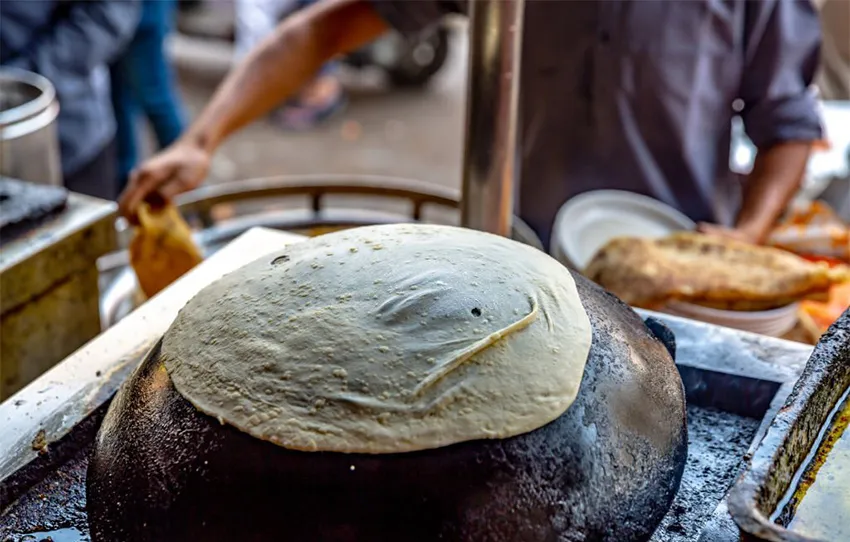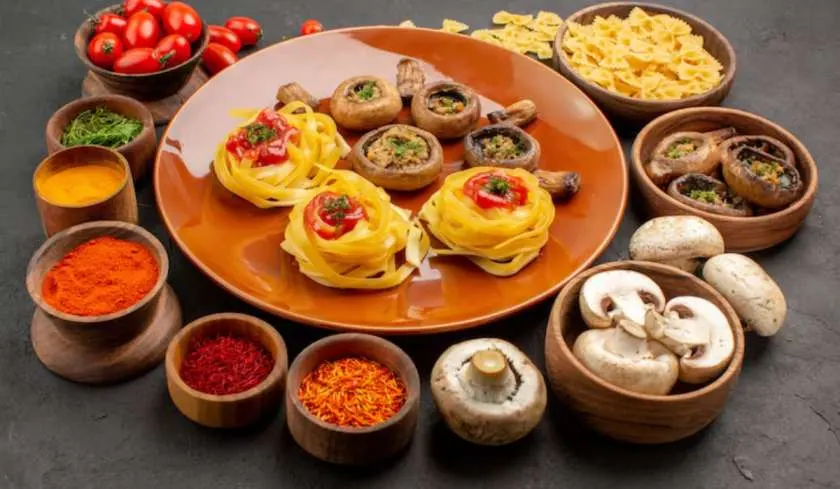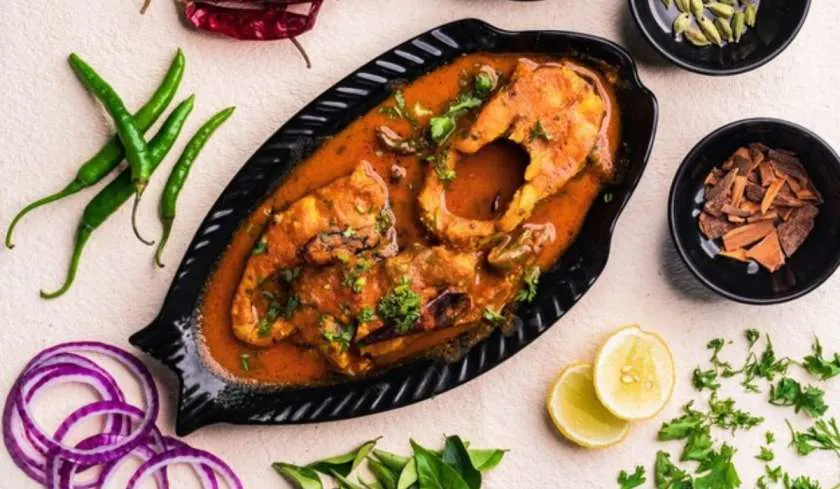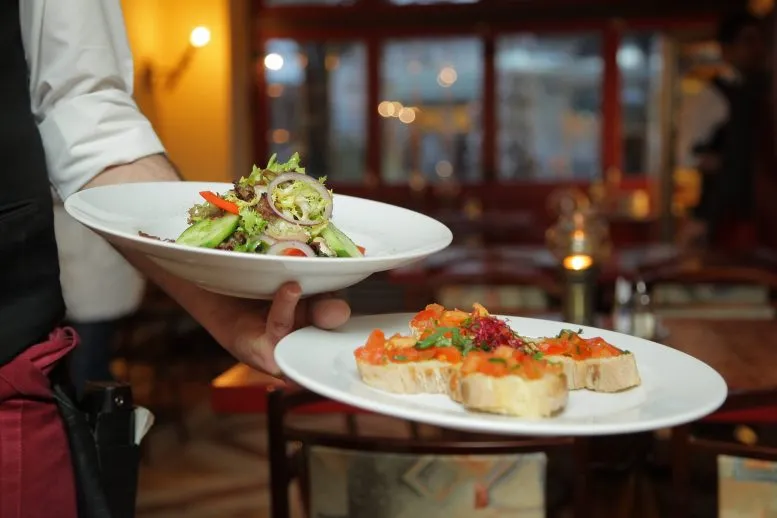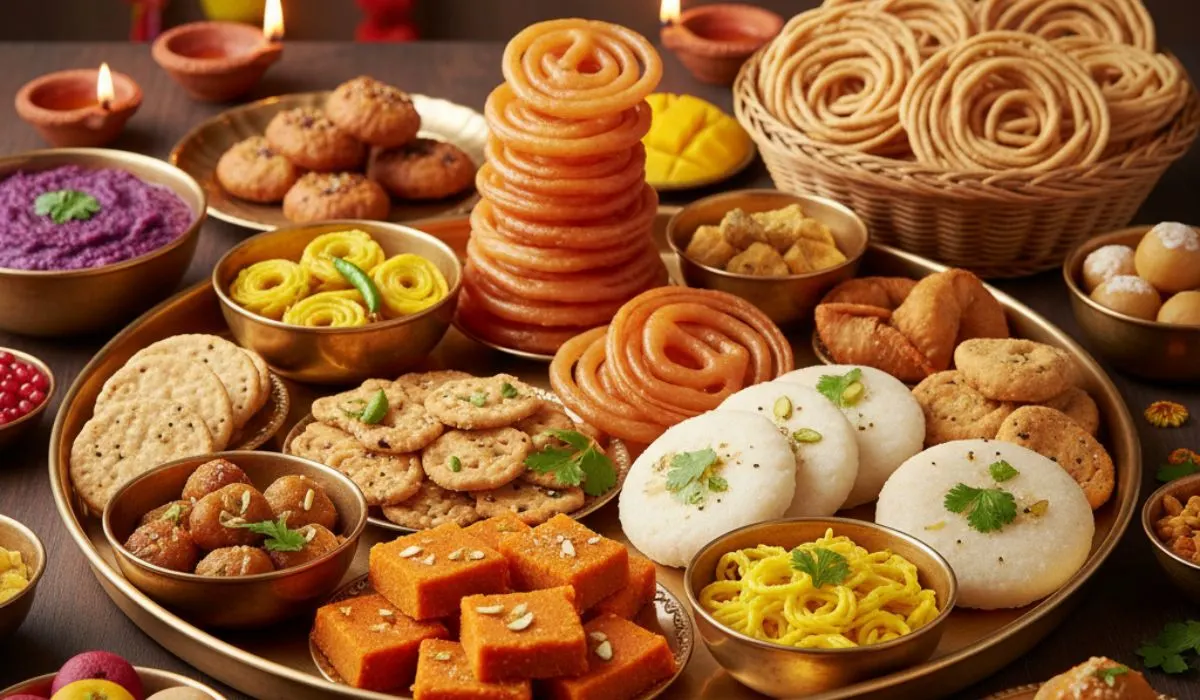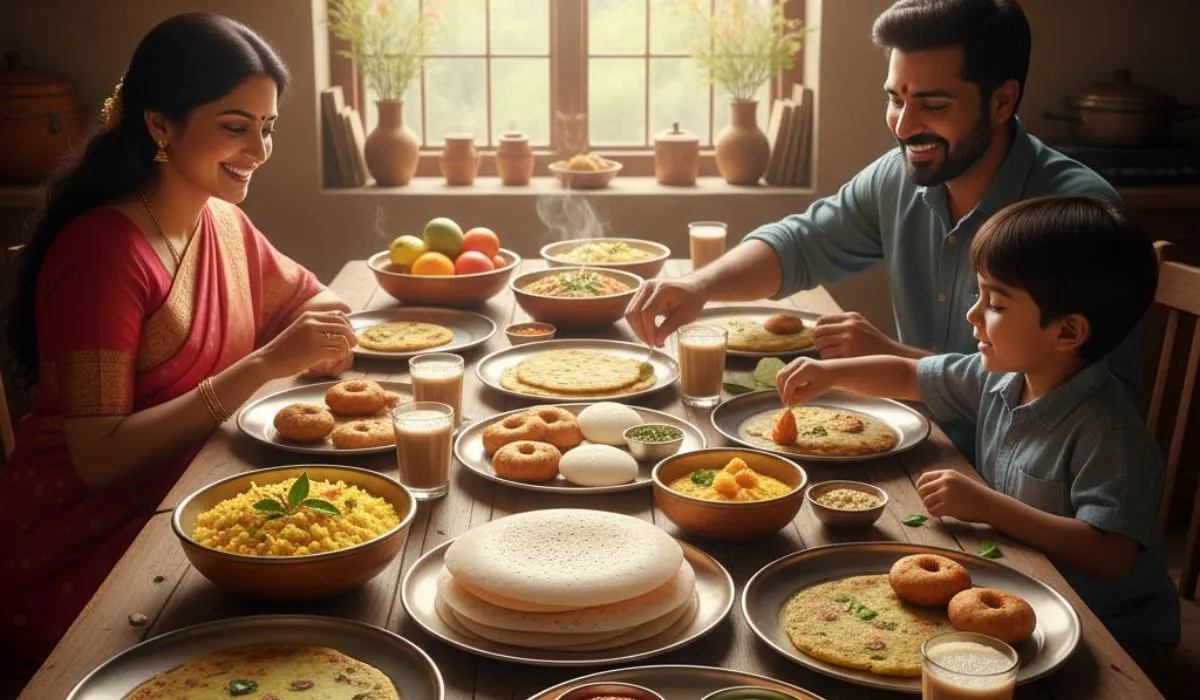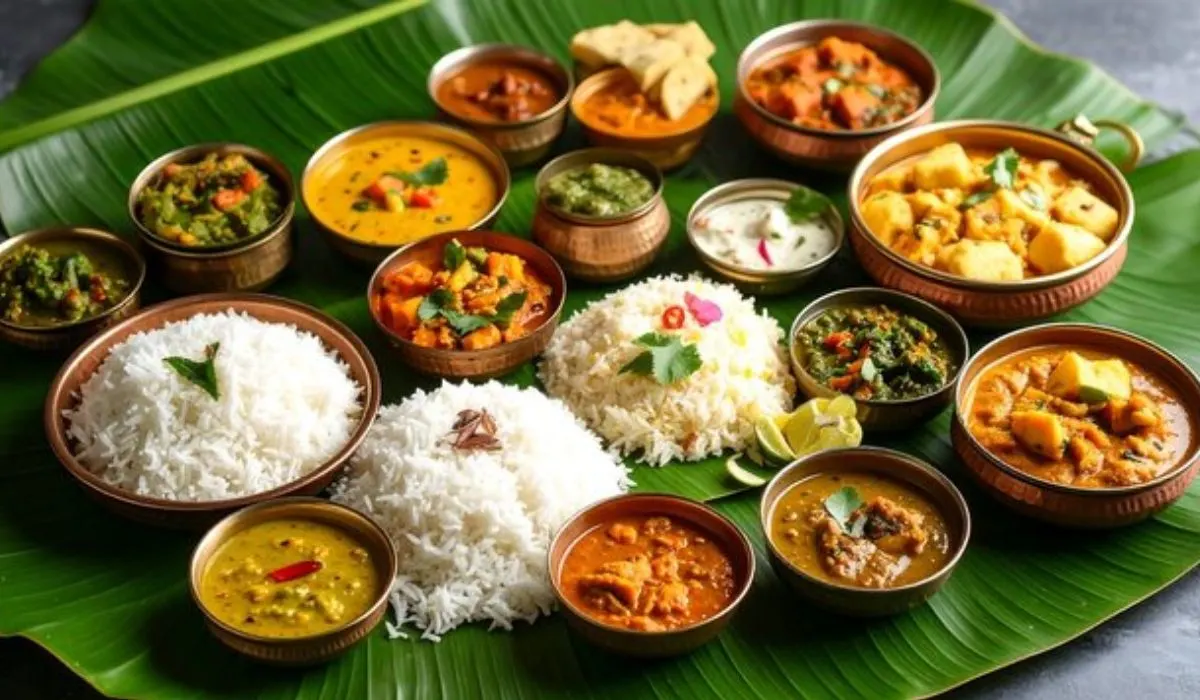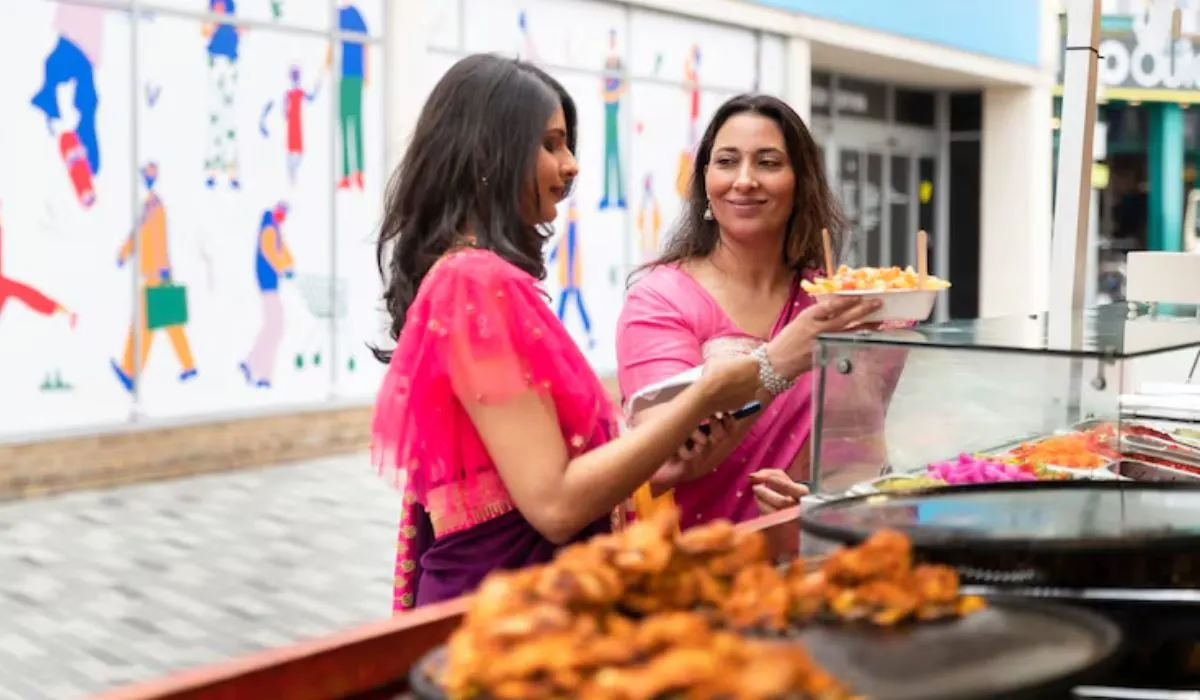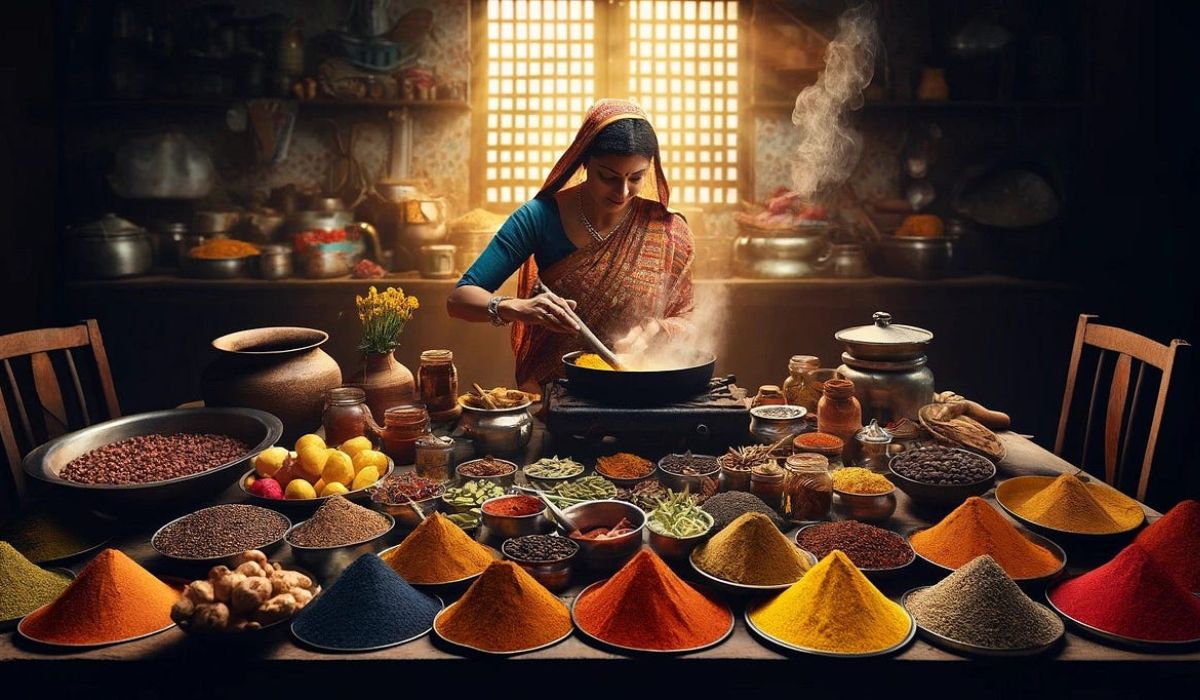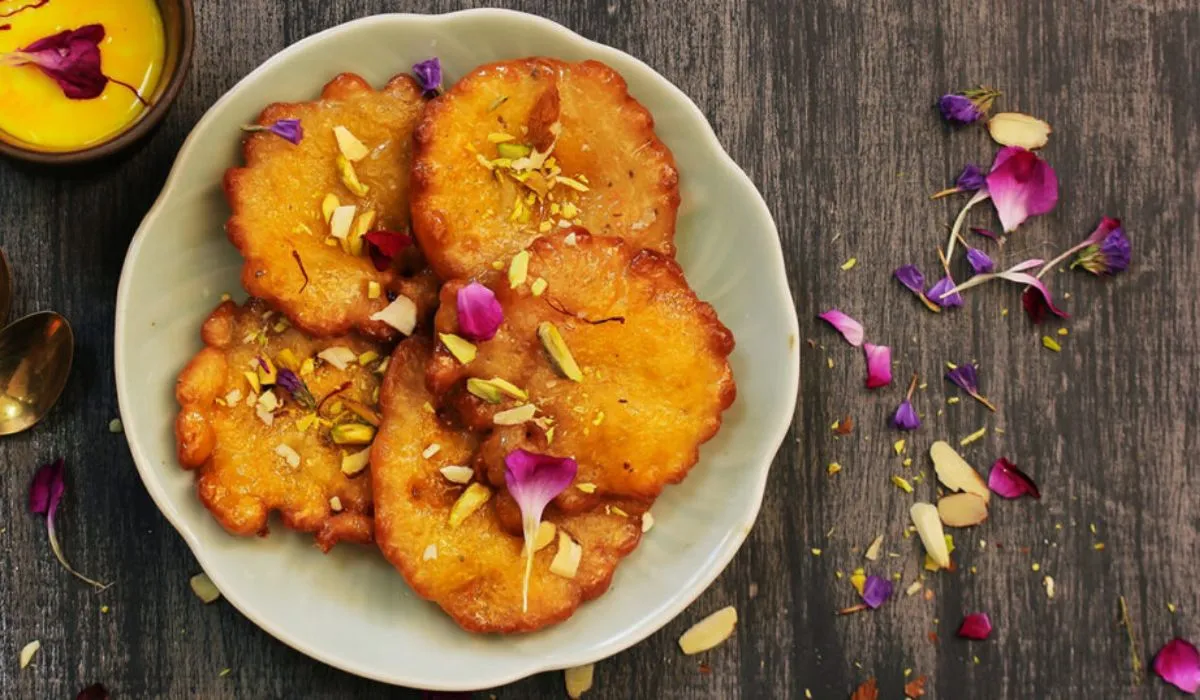Punjab has always been known for its food - iconic dishes like chole-kulche, sarson da saag, makki di roti, and lassi. They have made their mark in every corner of the country. But now a new taste, a new identity has emerged on the food map of Punjab - and that is Tandoori Tea.
This is not a way to drink tea, it has become an experience. When the smoke comes out of the kulhads, the smell of mud fades into the air, and the taste of spiced tea hits the tongue. It feels like you've become a part of something special. Starting from Amritsar, the craze has spread to Ludhiana, Patiala, Jalandhar and Chandigarh.
The Journey From A Small Shop To A Viral Commotion
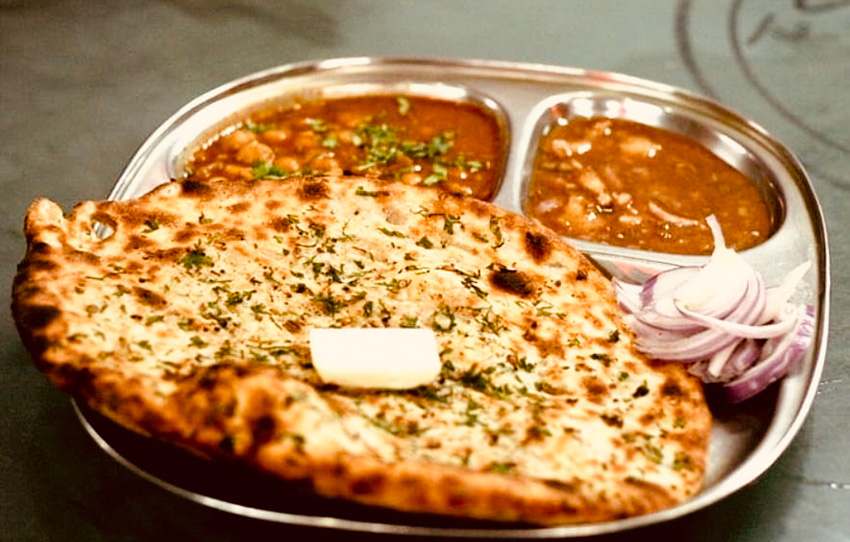
The concept of tandoori tea was first popularised in Punjab in late 2023 from a small tea stall on Lawrence Road in Amritsar. The name of the shop was Patiala Kulhar Tea, where a new twist was given to an old tradition. The earthen kulhad is heated in the tandoor till red, and then poured into the masala chai. As soon as the garam chai is done in the red kulhad, it boils with a whisk and a smoky, earthy aroma wafts in.
This was something new for people. No one has gone to enjoy tea before. Gradually, students of the local college started making it on Instagram, and the concept of tandoori tea went viral. Not just Amritsar, the tea is now available at food trucks in Chandigarh, tea lounges in Ludhiana and roadside thelas in Bathinda. Everywhere with a different twist. Somewhere the taste of cardamom and ginger is more, somewhere chocolate tandoori tea is also being tried.
The face of local business
Has the new food trend given a new direction not only to the taste buds of Punjab, but also to the lives of small tea shops and street vendors? A tea seller from Amritsar, who earlier used to earn 300- 400 a day, is today earning 1500- 2000 - just on the cost of tandoori tea.
"Nowadays, logs come not just for tea tasting, but also for creating Instagram reels. The first 20 people come to shop, now tea sellers reach 200 on weekends. These trends are a reminder that innovation isn't just big hotel chains, small shops are taxing power too. All it takes is a different idea and a little passion to go viral.
Recipe:
Place an earthen kulhad on a gas stove or barbecue grill and heat it on a high flame for 8-10 minutes until it turns red.
How to make: In a pan, add water, sugar, cinnamon, cardamom, cloves and bay leaf. Then we have to add the milk and cook for 3-4 minutes.
Effect of smoke: Keep hot kulhad carefully in a bowl. Then pour hot water. The tea will immediately boil and there will be smoke and sizzling sound from the kulhad.
Serve curry: Serve the tea in the same kulhad, or add dal in a new kulhad if the rate is high.
Tip: Use only once, do not reuse.
Social media and youth culture
Social media has put the most attention to the viral spread of tandoori tea. There have been 25,000 + posts of #TandooriChaiPunjab on Instagram. Take long slow motion shots in reels - There's chai keerti in kulhads, there's smoke, and trending Punjabi beats playing in the background. For college students and youngsters, it's not just tea, it's a photo-opportunity and a way to feel "cool." Tik Tok has been made, but YouTube shorts and Insta Reels leave no stone unturned to keep the concept viral.
This is also an example of how traditional taste can be linked to new-age youth with a little modern twist. In today's digital age, one has to learn to sell packaging and experience more than taste - and tandoori tea did just that.
The confluence of taste, stability and health
Another special thing is that tandoori tea is not limited to taste. They are served hot in kulhads - that is, not plastic, not paper cups. Mud Kulhar has its own health benefits - chemical-free, eco-friendly and with a natural touch.
Whether the taste that develops in nature is very different and rich from ordinary tea. Along with the smoky taste, the earthy touch gives a desi feel - like you are sitting in a village chaupal and drinking. Doctors also believe that drinking tea from an earthen kulhad is safer than plastic, and it also protects the environment. How tandoori tea has become a rare combination of taste, health and stability.
What's the matter Punjab's new food trend?
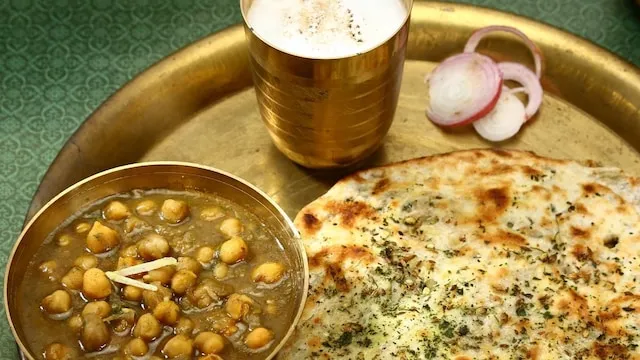
After tandoori tea, moss and investigation are taking place in the street food society of Punjab. Some vendors are doing things like tandoori almond milk, tandoori coffee and tandoori haldi-milk. Fusion foods like chocolate kulchas and butter chicken momos are also gaining popularity in Amritsar and Ludhiana.
Food experts say that in states like Punjab, where there is a strong food culture. If given a little creative twist, the local flavours are appreciated nationally and globally.
Has the trend taught us that food is not just a necessity, it is also a first. When we get a shock of emotions, tradition and innovation, then it becomes a "craze."
Conclusion
Tandoori tea is a story that tells how a small tea shop, social media and creative thinking has the power to become the food identity of an entire city. This is not just the story of Amritsar, this is the story of every human being who wants to do something new with his roots.
Today, the smoke of Tandoori Kulhad is rising in every corner of Punjab - and this smoke has brought a new thinking, a new passion, not just tea. The heart of Punjab, Uski mitti, and Uski creativity - all in one cup. All over the country are now enjoying it.
Tandoori tea - from the soil of Punjab, to the human beings of Punjab, and the names of the tastes of the whole country.



